The first new Speed Six in 93 years will make its global debut at this year’s Goodwood Festival of Speed.
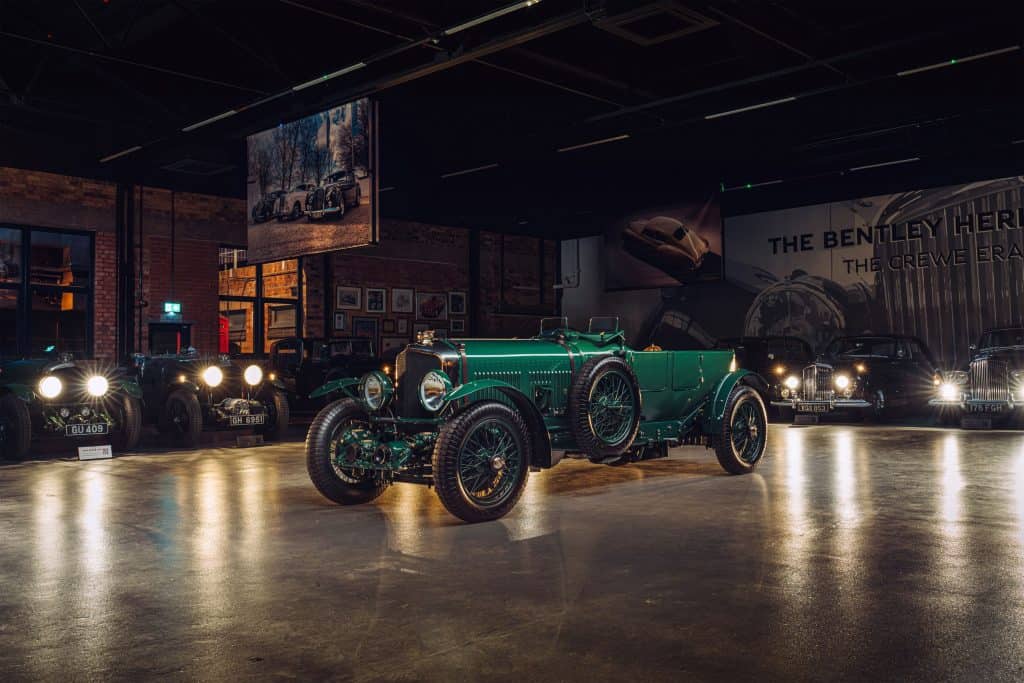
The most successful Bentley racing car ever, the Speed Six is regarded as one of the most important Bentleys in history. The newest Speed Six – Car Zero – will be used in a development programme consisting of real-world durability and track-based testing, before being retained by Bentley ahead of the build of 12 customer cars – all of which are already sold.
So much more than a replica, a continuation car is built to the same designs, using the same processes, as the original car that inspires the series. The Speed Six is the second pre-war Continuation Series by Mulliner, Bentley’s bespoke and coachbuilding division.
Extensive research has been undertaken to ensure the content of the Speed Six is correct and authentic, with particular focus on the specification and setup of the original cars for the 1930 24 Hours of Le Mans. As many original drawings have been used as possible; with 80% of the originals found via the WO Bentley Memorial Foundation.
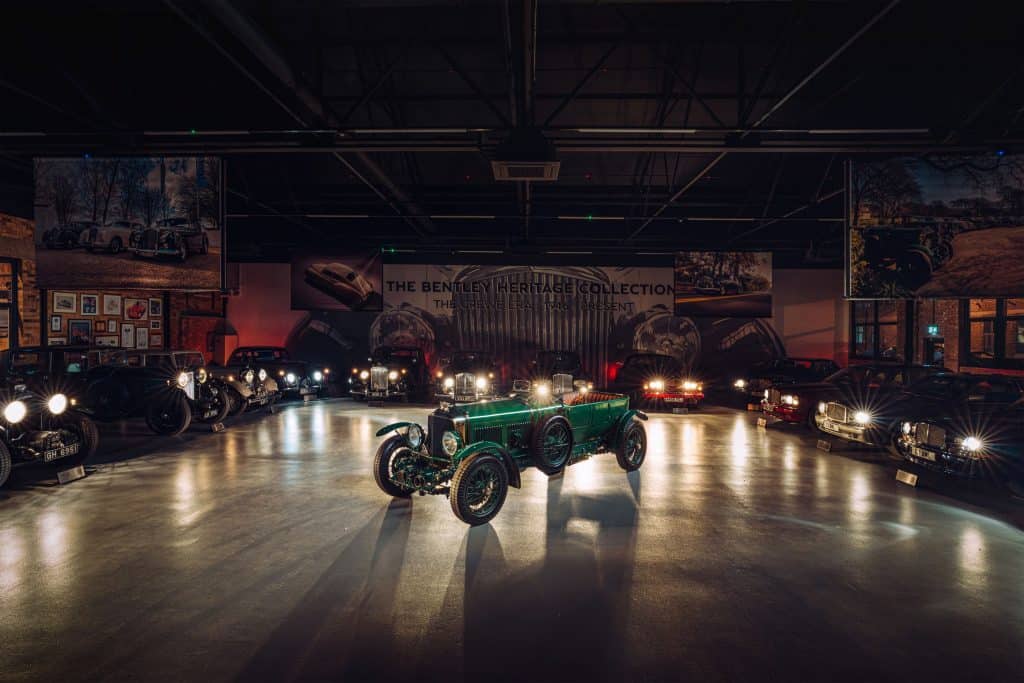
Many of the authentic materials used on the Blower Continuation Series have also been utilised for the Speed Six, particularly on a number of the trimmed elements. Mulliner team members revisited the archives at the National Motor Museum in Beaulieu, Hampshire in order to offer five authentic period Parsons exterior paints.
Speed Six Car Zero has been built over the last ten months by an exceptionally skilled team of Mulliner artisans and specialists. As with the Blower Continuation Series, a major driver of the Speed Six programme is the development and retention of modern and traditional coachbuilding skills.
Over the next six months, customers will have a chance to discuss their specifications in further detail in personal commissioning sessions. Customers will be offered a personal fitting service in the second development car, known as Speed Six Factory Works, to ensure each car is built to each individual customer’s comfort needs.
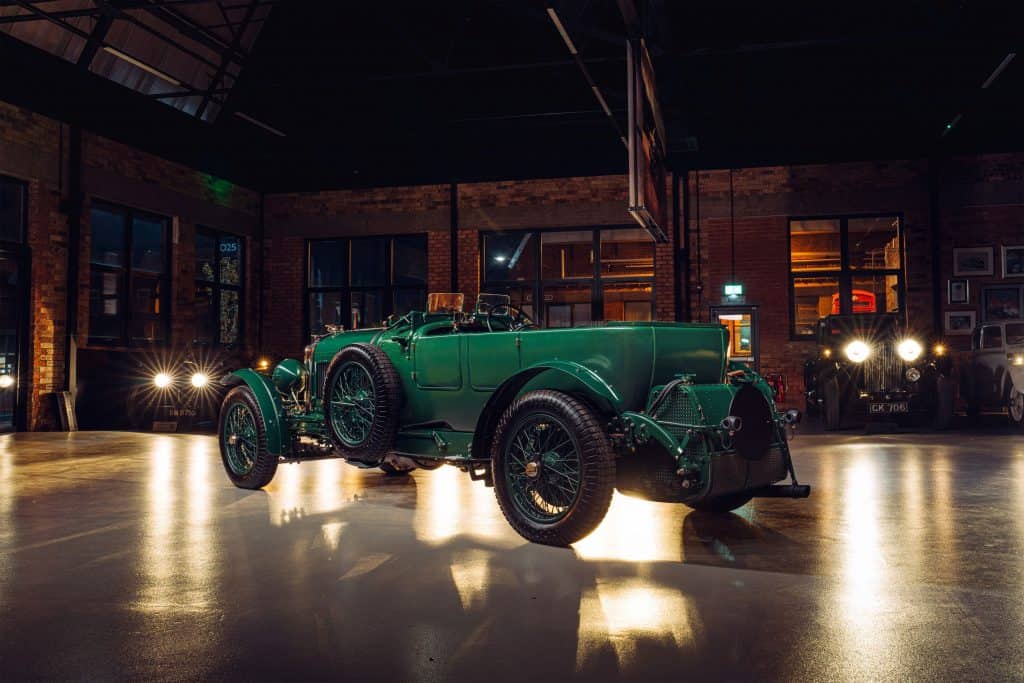
The History Of The Speed Six
The Speed Six became the most successful racing Bentley in history, as a high-performance version of the 6½ Litre, and won Le Mans in 1929 and 1930 at the hands of Woolf Barnato, Sir Henry ‘Tim’ Birkin and Glen Kidston.
W.O. Bentley believed that the best way to increase power was to increase capacity, as opposed to Tim Birkin’s faith in supercharging. He, therefore, developed a new, larger engine to succeed the 4½-litre. the 6½ Litre which delivered 147 bhp at 3500 rpm.
The Speed Six chassis was introduced in 1928 as a more sporting version of the 6½ Litre. The engine was modified to liberate more power, with twin SU carburettors, a higher compression ratio and a high-performance camshaft, responsible for an increase to 180 bhp.
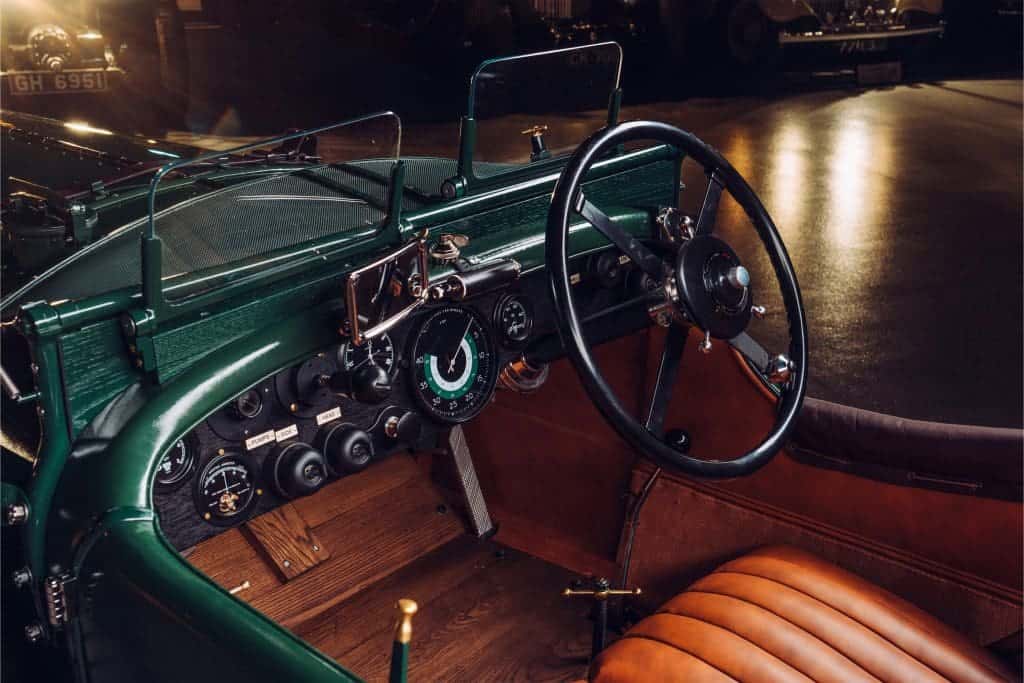
Two wins at Le Mans in 1929 and 1930 cemented the Speed Six’s place in Bentley history, with the 1929 victory setting a new benchmark for dominance at the race. Driven by Woolf Barnato and Sir Henry ‘Tim’ Birkin, a Speed Six led from the first lap until the chequered flag, followed by a procession of three other Bentleys. Such a dominant performance by one manufacturer was not seen again at Le Mans for nearly 30 years.
Real Life Endurance
The car, which will be displayed at this year’s Goodwood Festival of Speed, will show further instrumentation that will not be fitted to customer cars. This has been added to the car to support the validation process and record many different aspects of data during the next six months.
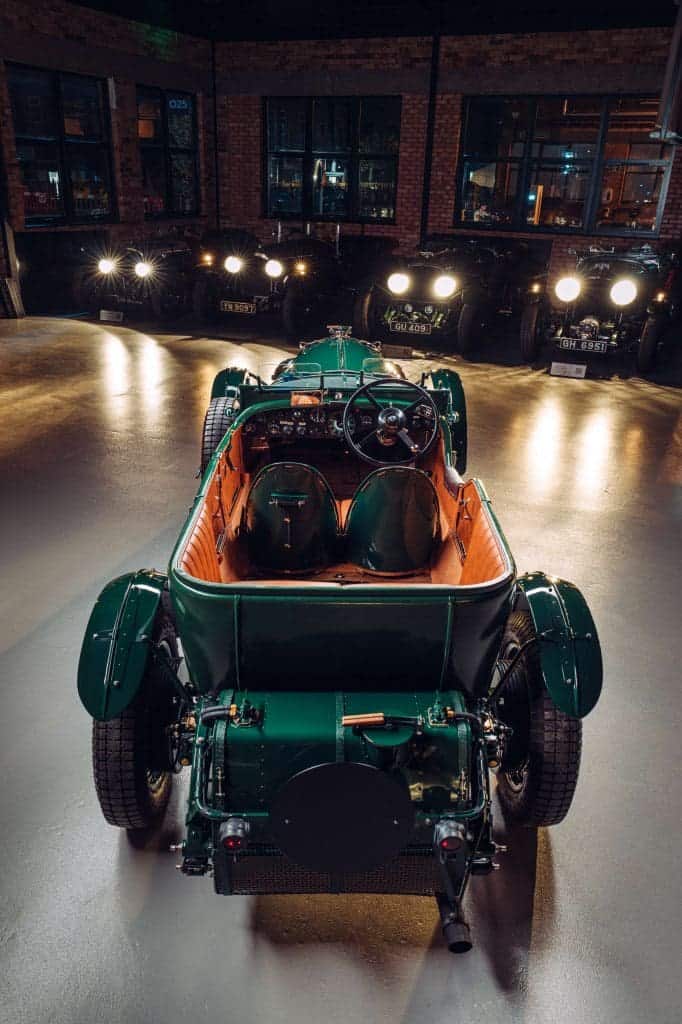
With the build of Car Zero now complete, a programme of real-world durability testing will begin. The test programme is designed to achieve the equivalent of 35,000 kilometres of real-world driving across 8,000 kilometres of track driving.
The first customer car will start building in October of this year, and the series of 12 customer cars is due to be completed by the end of 2025, with each car taking 10 months to complete.
Read more: Latest



